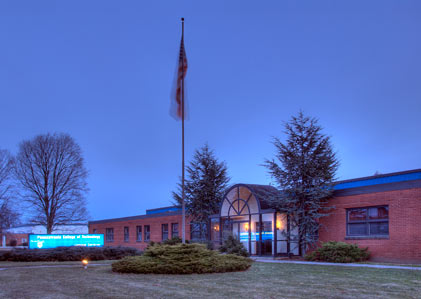Expanding and Supporting the HVAC Workforce
“Actions can be taken to expand and support the HVAC workforce,” Killinger says. “The first one that comes to mind is promoting awareness of HVAC careers among students, parents, and educators to encourage more individuals to consider this trade. The second one is that HVAC companies, trade associations, and educational organizations can collaborate to create standardized training programs, share best practices, and incorporate emerging technologies. Additionally, providing training to existing technicians to keep their skills updated.”
The HVAC workforce is also getting some indirect government support. When President Biden signed the Fiscal Year (FY) 2022 spending bill into law, it boosted funding for the Perkins Career and Technical Education Grant by $45 million, bringing its total funding level to $1.38 billion. That money helps fund continuing technical education (CTE) at secondary and postsecondary institutions. Boosting CTE programs can be a big benefit to the HVAC workforce, helping grow it, diversify it, and upskill it.
Associations like the Air Conditioning Contractors of America (ACCA) are advocating for more. In addition to additional funding for CTE programs, they recommend making it easier for contractors to work through the Veterans Administration (VA) to create GI Bill apprenticeship programs. Furthermore, ACCA advocates for immigration reform that extends the E3 visa to all skilled workers, allowing them to be admitted into the country for a two-year period, renewable indefinitely, provided that they can demonstrate they do not intend to remain or work permanently in the US.
But the most important way to support and expand the HVAC workforce is homegrown, starting with more innovative HVAC education and training programs. Curriculula need to train students in cutting-edge technology as well as foundational skills. A pipeline from education to certification is essential. Killinger recommends keeping curriculums current through industry partners and advisory committees. Programs have to go beyond mere competency: at PCT, the focus is on creating workers and future leaders in the HVAC industry.




